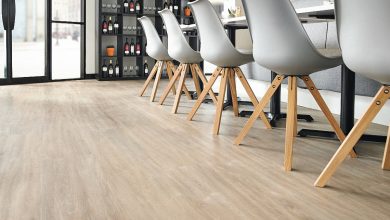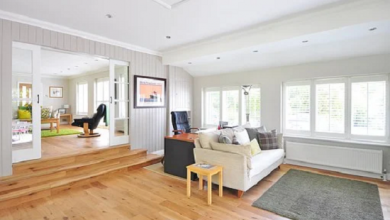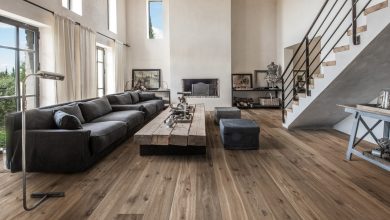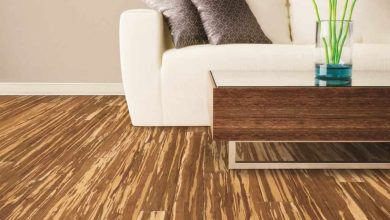Engineered Oak Flooring – The Fundamental Guide
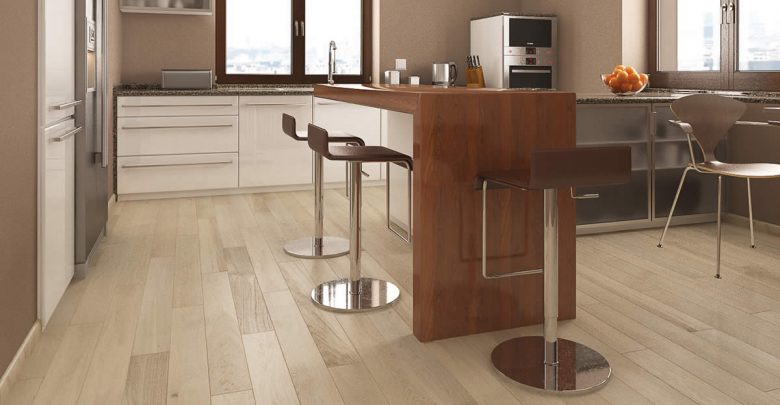
What’s Engineered Oak Flooring?
Typically, oak flooring is created by processing an oak tree into wide slices roughly 100mm thick.
These layered planks are permitted to season over numerous several weeks or many are, in some instances, then kiln dried.
The layers are sliced again to create thinner board blanks (around 25mm thick) that are then planned, cut and grooved to create finished oak floor boards.
Engineered flooring follows exactly the same process but rather from the finished floor boards being 20mm thick, a thinner veneer is cut, between 4mm and 6mm thick.
This oak veneer will be glued to some softwood ply board, using the thickness from the finished board look out onto around 20mm.
This method is excellent from your ecological perspective, as increasing numbers of floor boards are produced in the same tree, and the majority of the board consists of wood from fast growing, sustainable softwood trees.
Where & Why To Make Use Of Engineered Oak Flooring
The natural benefits of engineered oak flooring originate from the marrying of the hardwood put on layer to some softwood ply backing board.
Oak includes a natural inclination to alter shape when its moisture content changes – shrinking if this dries and swelling if this will get moist.
Ply board is created by connecting strips of softwood in layers with every layer being verticle with respect towards the previous layer.
This provides incredible strength and torsional rigidity i.e. it doesn’t change shape as readily like a wood plank.
By connecting hard putting on and engaging oak veneer or put on layer towards the dimensionally stable plywood base, the resulting board is powerful, stable and appears great.
Engineered flooring will be well suited for use where moisture may present problems for example in bathrooms and kitchens, but can also be well suited for in which a constant drying may occur for example over underfloor heating systems.
The minimal expansion and contraction of the flooring also lends it to being glued to some subfloor instead of nailed and enables for wider boards to become glued than possible with oak flooring.
Things To Look For When Purchasing Engineered Oak Flooring
Generally, an oak floor is chosen according to its appearance.
If you’re ambitious to some traditional searching oak floor, you’ll need the oak boards to show the type of the classic oak floor.
Because of this, it is crucial that any knots, shakes, or cracks within the oak remain unfilled.
Sadly, much engineered oak available on the market is destroyed through the filling of naturally sourced features with plastic polymers and resins, which even though they lessen the ground, render it unattractive and abnormal.
They important elements to think about when selecting an engineered oak floor are:
May be the softwood ply board backing of excellent quality – could it be even and dense with couple of splinters, dents and missing strips?
May be the oak put on layer thick enough (it ought to be a minimum of 6mm thick) to permit sanding a minimum of three occasions later on, should fashions change and also the floor colour have to change together?
Would be the boards grain finish matched to match longer runs of board?
Would be the boards obtainable in lengths over 1800mm?
May be the flooring provided having a memory coating or left incomplete at your discretion around the colour and finished?
Selecting an oak floor is definitely an investment and purchasing the least expensive available isn’t always the easiest method to go.
How You Can Lay Engineered Oak Flooring
Engineered oak flooring could be laid in 1 of 2 ways: traditional hidden nail/screw or by gluing utilizing a wood floor adhesive.
The choice regarding which approach to employ is commonly according to factors for example room heights, amounts of adjacent floors and also the nature and condition from the subfloor.
Engineered boards lend themselves perfectly to gluing due to their natural stability where the ground is needed to become laid over under floor heating, a glue based product is essential.
The engineered boards ought to be tongue and grooved and thus, if fixing to battens or perhaps a wooden sub-floor, it’s could be secret nailed or screwed with the tongues.
Summary
Engineered oak is definitely an more and more popular choice with regards to flooring while offering a variety of advantages over oak both form an ecological and practical perspective.


